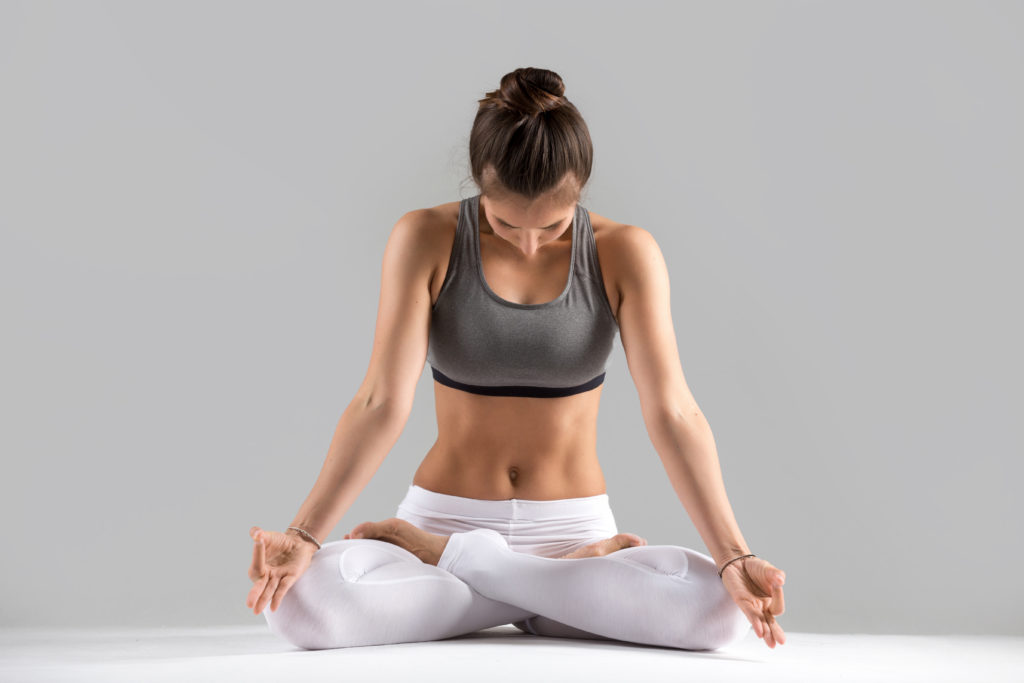So you’ve been smoking and not feeling good about it? Congratulations! You’ve have crossed the biggest hurdle already. The hurdle of the ‘want’ to quit, the ‘willpower’ hurdle. We’ve all had that time in life where we, after much contemplation, have decided to kick the butt. Don’t worry we’re here to help you.

Smoking around 20 cigarettes a day gives you about 200 hits a day. The average smoker gets around 70,000 hits a year. One of the reasons why nicotine is so addictive is because of the frequency of its consumption, It has been found that nicotine might be as or more addictive than cocaine.
Withdrawal Symptoms
1. Anxiety / Irritability
2. Headaches
3. Food Craving
4. Nicotine Cravings
Nicotine usually leaves your body within 72 hours after you quit smoking. The above-mentioned withdrawal symptoms usually reach their peak within 2 or 3 days after you’ve quit. The body and the brain chemistry usually return to normalcy within the next 1 to 3 months.
These are some of the most effective ways of quitting smoking.

Vulnerable Times: Carefully assess the conditions in which you’re most likely to smoke, it could be stress, anxiety, boredom etc. Identifying these situations will enable you to re-enforce your decision when you’re actually in the situation. What happens when you slip? Remember, a slip is not a failure. Don’t let a slip turn into a relapse. One step at a time is the key. The more you try to quit, the more your chances of success. Learn from your experiences and understand what you need to do differently.

Get Your Supplies: Smoking is primarily an oral fixation, while you’re quitting smoking, your brain will crave oral sensations. Stock up on oral substitutes like gum, vegetables, fruits, hard candy etc.

NRT : More famously known as Nicotine Replacement Therapy, It is known to help reduce nicotine withdrawal symptoms, it deals with the physical aspect of addiction. NRT has been known to increase the rate of quitting from 50% to 70%.
a. Nicotine Patch – It’s a patch you can stick on to your arm when you feel the need to smoke, it is convenient because it provides long-term relief and you only have to think about it once a day.
b. Nicotine Gum: The gum provides short-term relief from nicotine withdrawal symptoms, they also address oral fixations that nicotine patches do not.
c. Nicotine Inhalers and Nasal Sprays: they’re the most fast-acting replacement methods and provide quick, momentary relief.






























